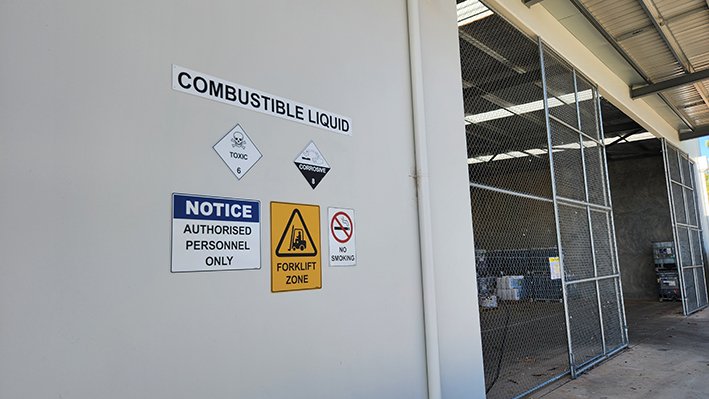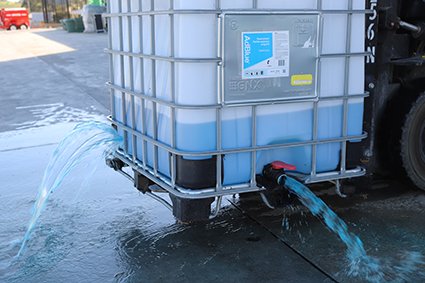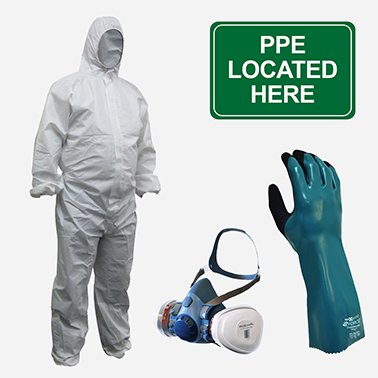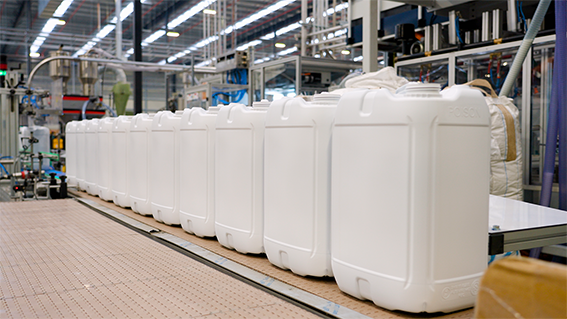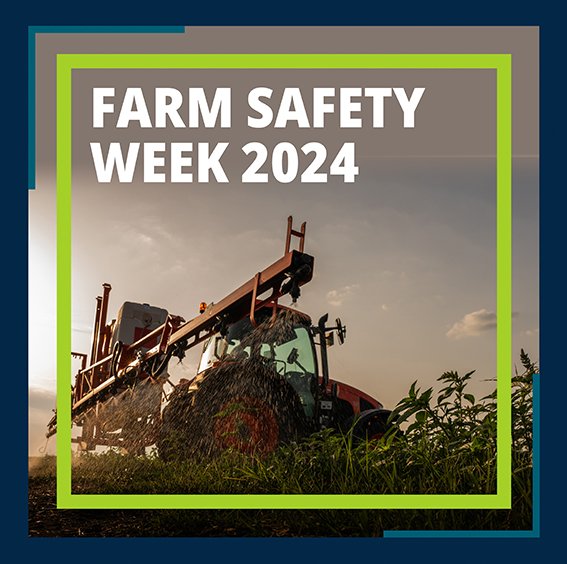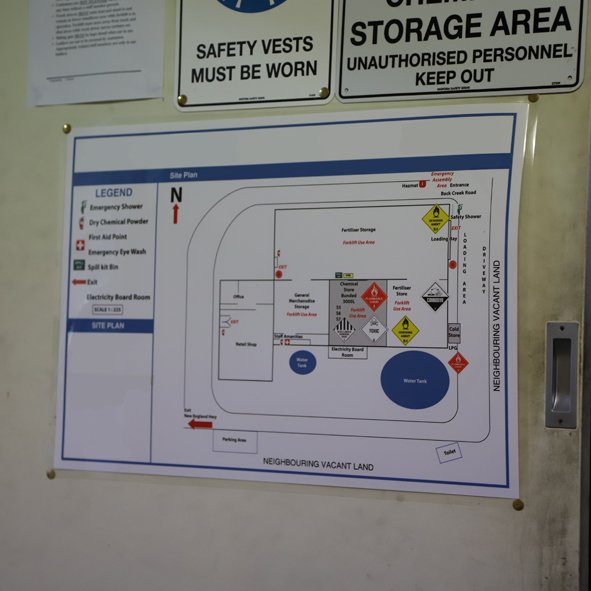
Agsafe blog: Enhancing safety and education in agriculture
Placarding at agricultural and veterinary (AgVet) retail premises plays a crucial role in ensuring the safe storage of AgVet chemicals. It provides clear visual warnings and essential information to workers, visitors, and emergency service personnel. Proper placarding not only enhances workplace safety but also ensures compliance with relevant regulations. This article explores the key considerations for placarding, including when placards are required, where they should be placed, and how they should be maintained to ensure clarity and effectiveness.
In workplaces handling hazardous chemicals, accidents such as spills are an unfortunate reality. Despite safety measures, spills of various sizes can occur, from minor leaks to major chemical accidents. Knowing how to prevent, manage, and clean up these spills is crucial to ensuring the safety of personnel, protecting the environment, and maintaining compliance with regulations.
Personal Protective Equipment (PPE) serves as the last line of defence against hazardous exposures in the workplace. When all other risk control measures have been exhausted, PPE becomes essential in safeguarding personnel. However, the effectiveness of PPE hinges not only on its availability but also on the proper knowledge of its storage and use.
In today's agricultural industry, sustainability is more important than ever. The new drumMUSTER Drums-to-Drums initiative marks a significant step forward in recycling practices, building on the success of the drumMUSTER® program that has been in place since 1999.
This week serves as a reminder of the importance of being well-prepared and informed about the safe handling of chemicals on farms. Proper training in chemical safety is vital to ensure the well-being of farmers, their workers, and the environment.
In any building, especially those that host hazardous materials, the correct display of evacuation diagrams is crucial. These diagrams are vital for ensuring that individuals can quickly and safely exit the premises in the event of an emergency such as a fire, chemical spill, or natural disaster.

